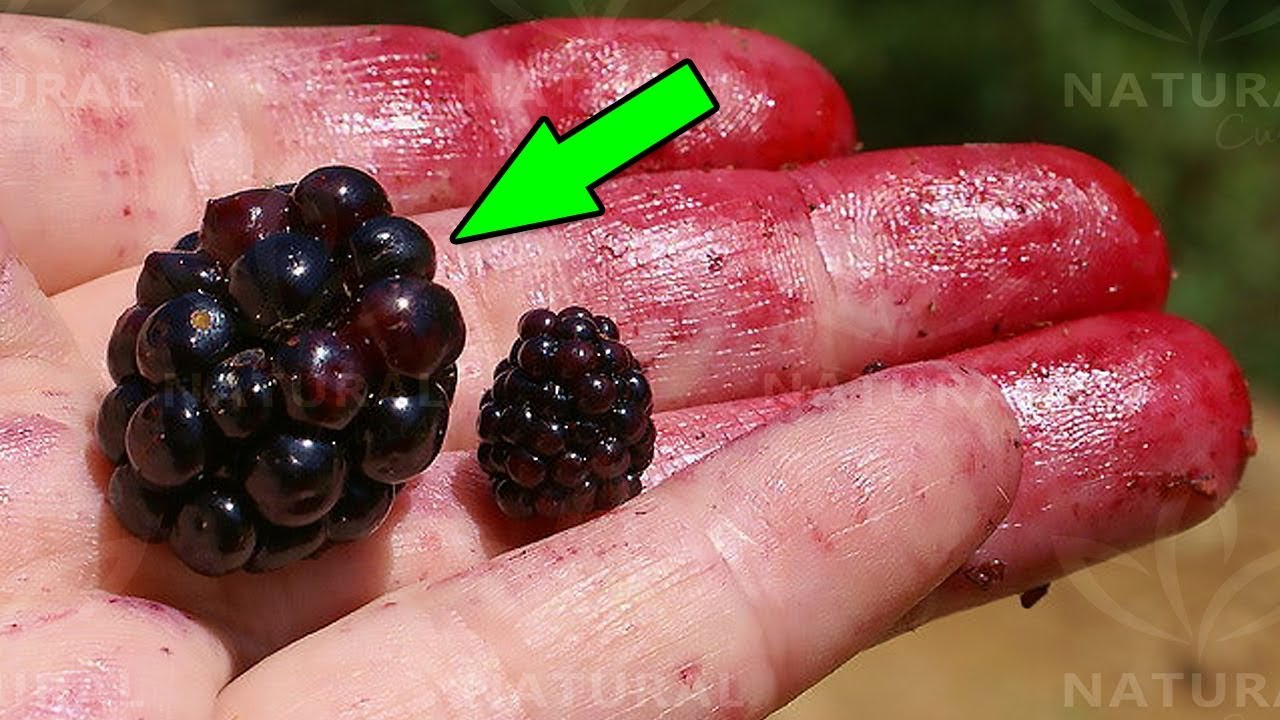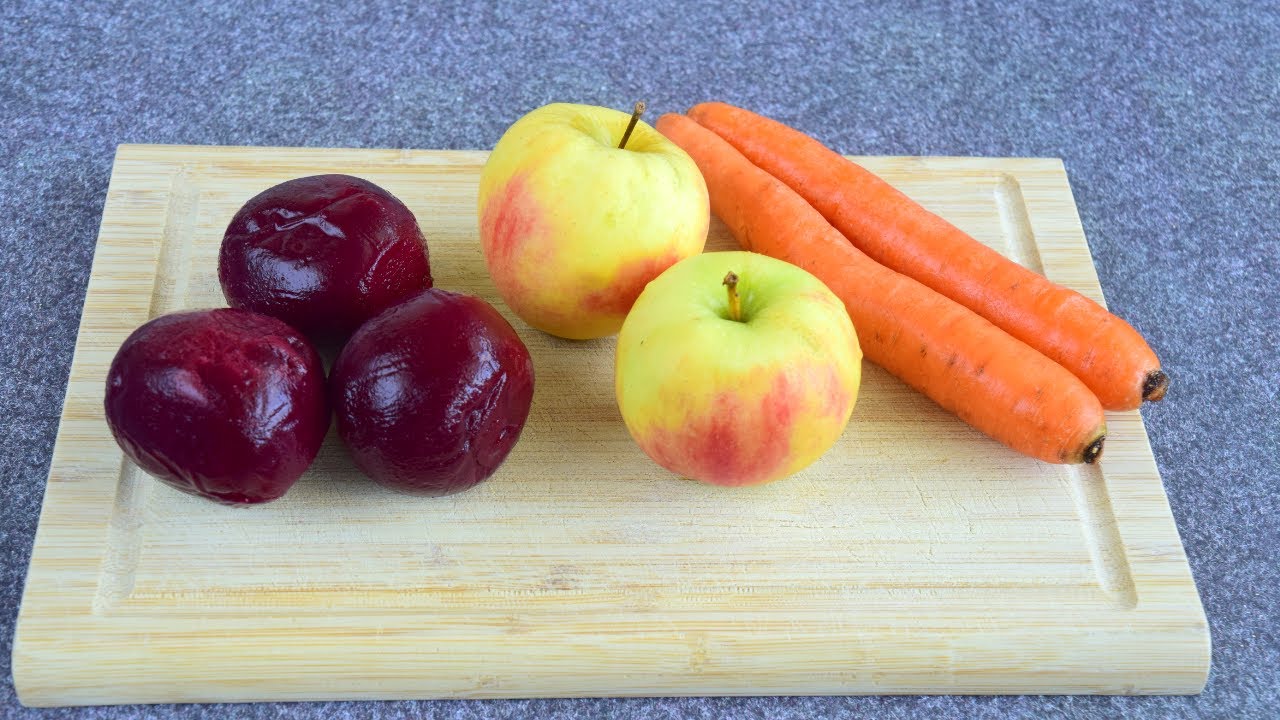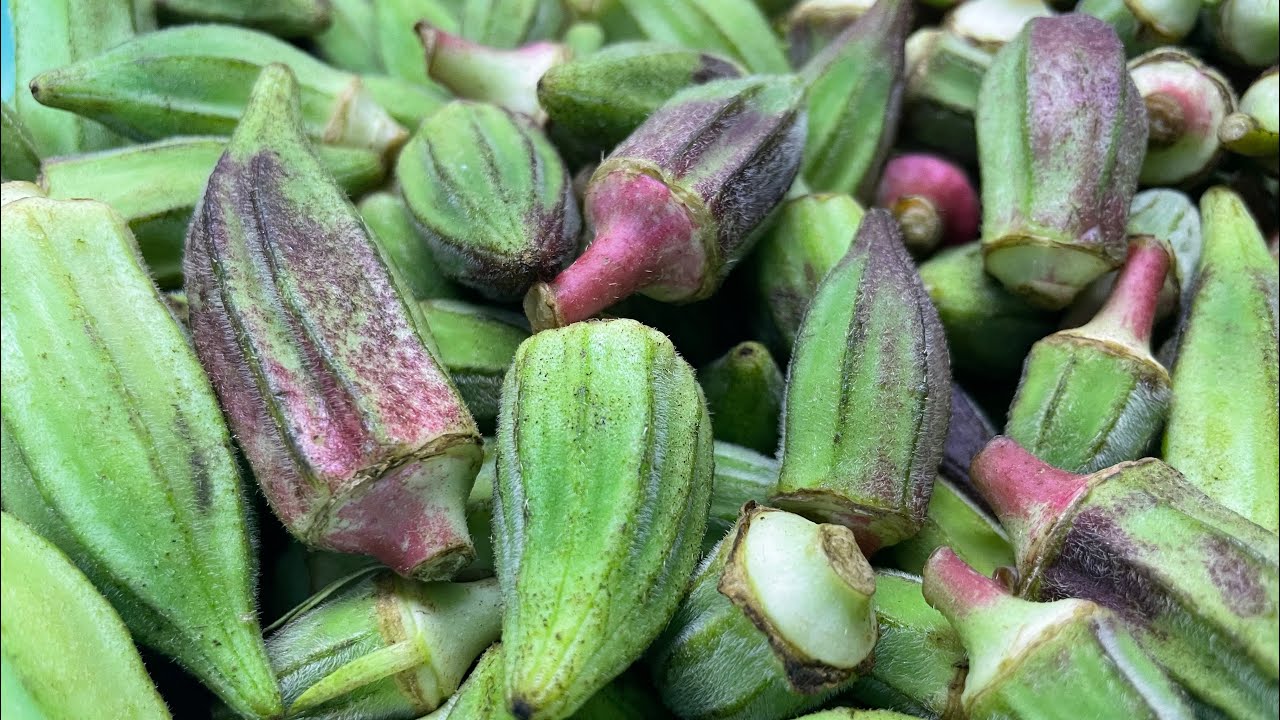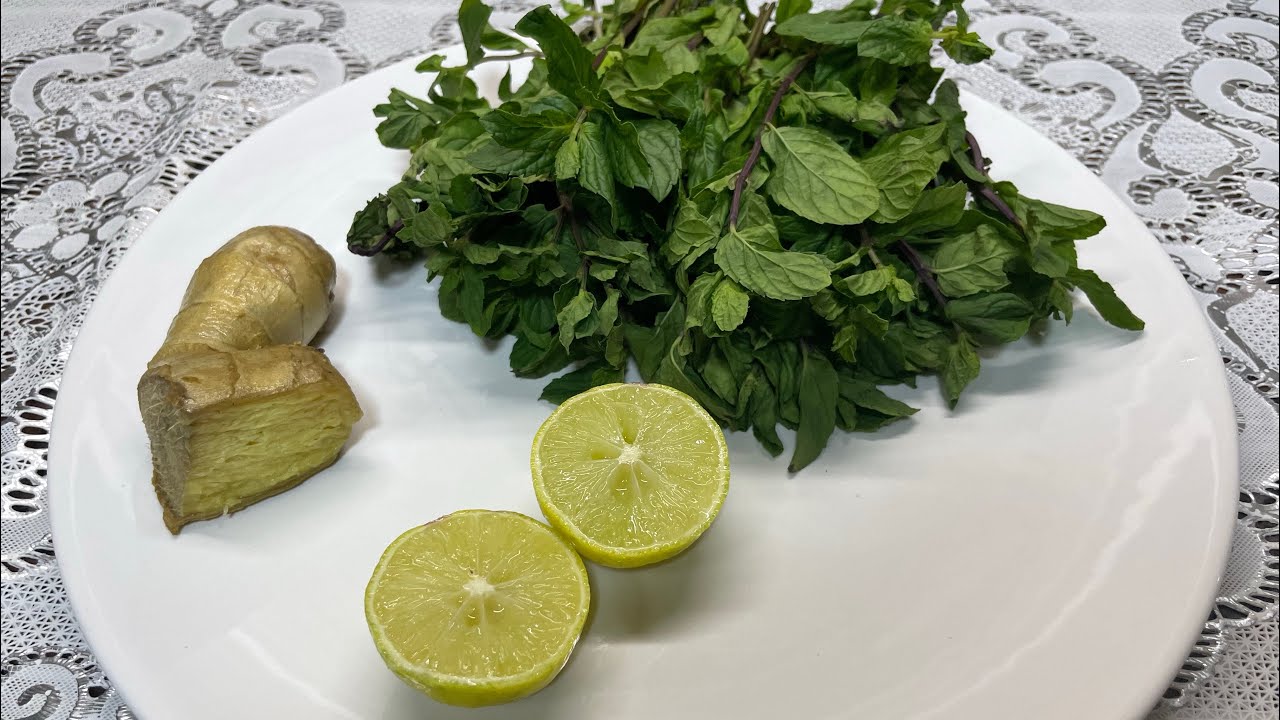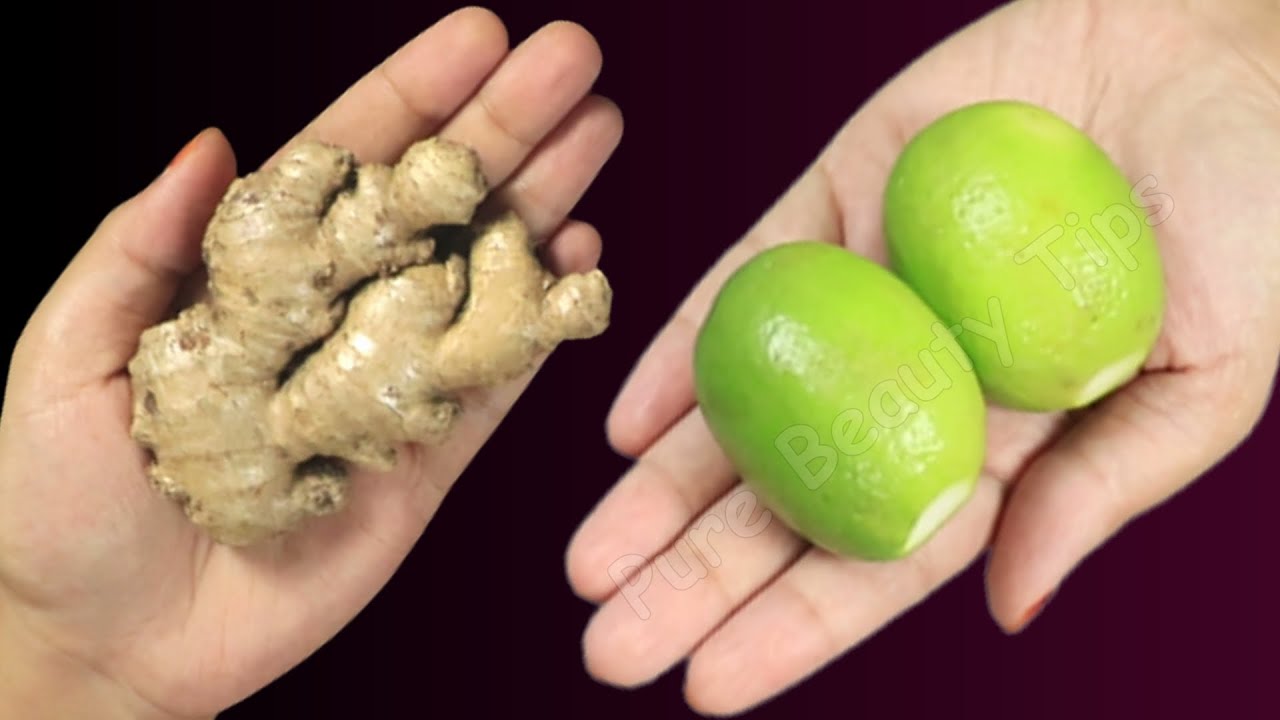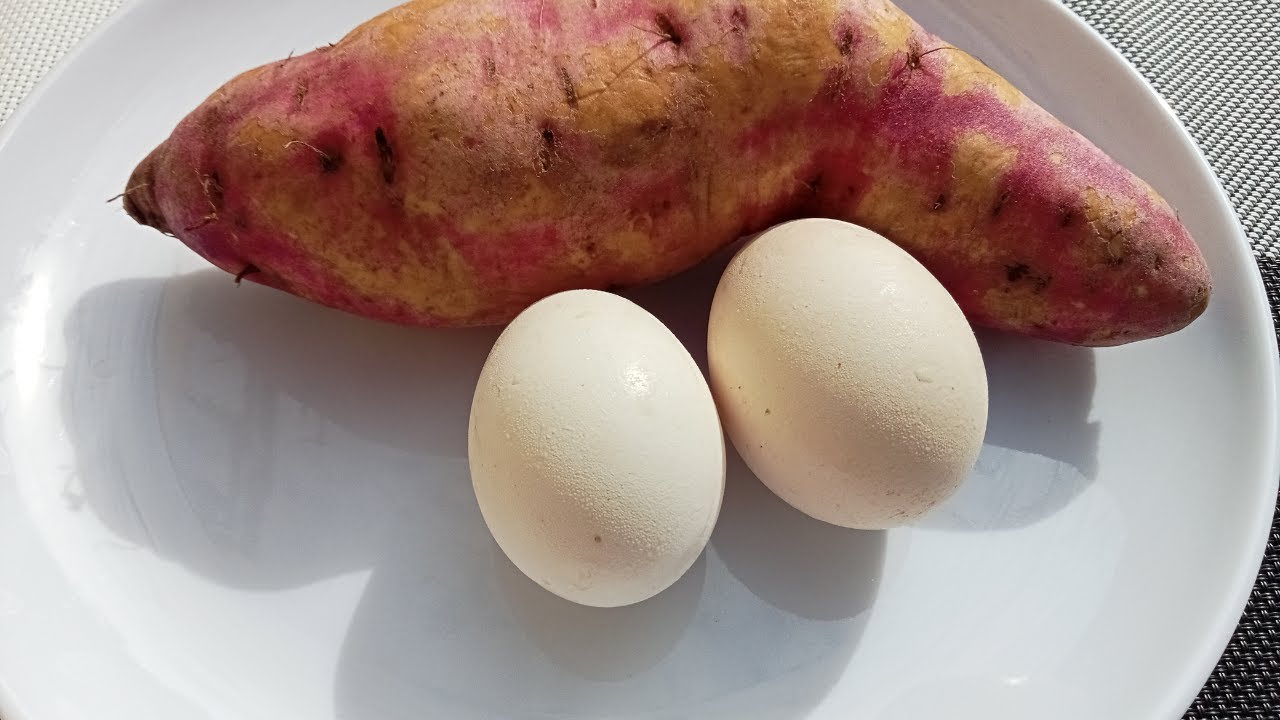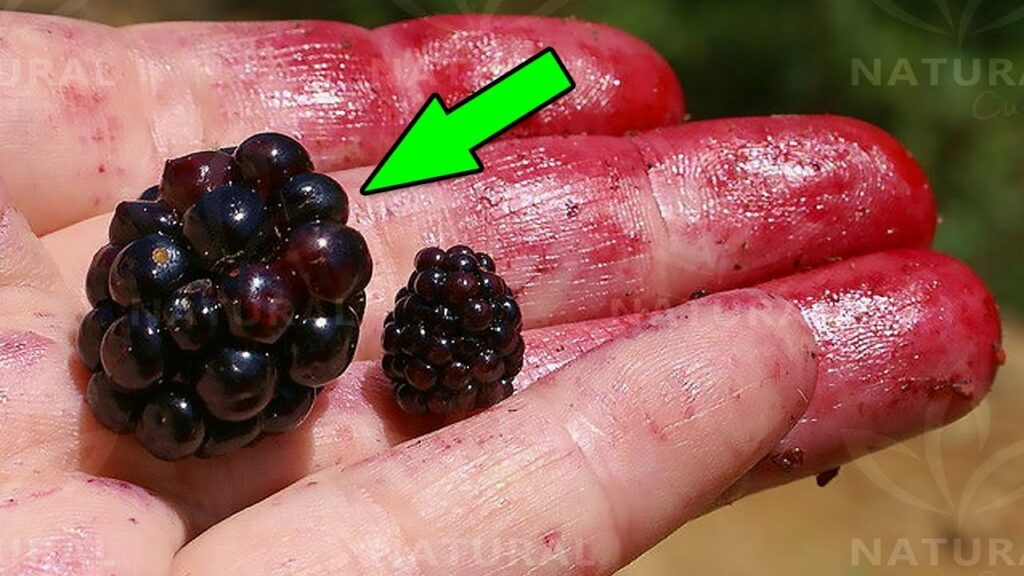
Genetically Modified Organisms (GMOs) are prevalent in many food products today, and if you prefer to avoid them, it’s important to know how to identify them while shopping. While GMOs are common in certain crops, there are ways to spot them and make informed decisions when purchasing food. Here’s a guide to help you identify genetically modified food at the grocery store.
1. Look for “Non-GMO” Labels
The easiest way to avoid GMOs is to look for foods labeled with “Non-GMO” or “GMO-free.” Many products now carry a Non-GMO Project Verified label, which certifies that the food does not contain genetically modified ingredients.
-
Tip: Look for the Non-GMO Project Verified seal, which is a butterfly logo often found on packaged products.
2. Check Organic Labels
Certified organic products cannot contain genetically modified ingredients. When you see the “USDA Organic” label, you can be confident that the product is GMO-free.
-
Tip: Buying organic fruits, vegetables, and processed foods ensures you are avoiding GMOs, as the USDA organic standards prohibit their use.
3. Know the Common GMO Crops
Certain crops are more likely to be genetically modified. Knowing which foods are most commonly genetically engineered can help you make better choices. The most common GMO crops include:
-
Corn
-
Soybeans
-
Canola
-
Sugar beets
-
Cotton (used for cottonseed oil)
-
Papaya (especially from Hawaii)
-
Zucchini and yellow squash
-
Alfalfa (used in animal feed)
If a product contains any of these ingredients and is not labeled non-GMO or organic, it is likely to be genetically modified.
4. Read PLU Codes on Produce
The Price Look-Up (PLU) code stickers on fruits and vegetables can give you some clues about whether the produce is genetically modified:
-
4-digit code: Conventionally grown (not organic, but not necessarily GMO)
-
5-digit code starting with 9: Organic and non-GMO
-
5-digit code starting with 8: Genetically modified (GMO)
However, it’s important to note that the PLU system is voluntary, and the code starting with “8” for GMOs is rarely used. Therefore, relying solely on PLU codes may not always be the best method.
5. Avoid Processed Foods with High-Risk Ingredients
Many processed foods contain ingredients derived from GMO crops, such as corn syrup, soybean oil, and sugar from GMO sugar beets. To avoid GMOs in processed foods:
-
Check the ingredient list for high-risk ingredients like corn, soy, and canola.
-
Choose products labeled as non-GMO or organic, which ensures the ingredients are GMO-free.
6. Look for GMO Information on Packaging
Some food brands voluntarily label their products as containing GMOs. You might see phrases like “Made with genetically modified ingredients” on the packaging. While not all companies do this, it’s another way to identify GMO foods.
7. Download Non-GMO Apps
There are smartphone apps available that help consumers identify non-GMO products. Apps like the Non-GMO Project app allow you to search for verified non-GMO products by category or brand while you shop.
8. Buy Local or Heirloom Produce
When possible, purchase produce from local farmers’ markets or grow your own. Heirloom varieties and locally grown produce are less likely to be genetically modified. When in doubt, you can also ask local farmers about their growing practices.
Final Thoughts
Identifying genetically modified foods at the grocery store may take a little extra effort, but with these tips, you can make informed choices. Look for non-GMO and organic labels, be aware of common GMO crops, and use PLU codes as a guideline when purchasing fresh produce. With practice, identifying GMO foods will become second nature, allowing you to make the best choices for your health and well-being.
